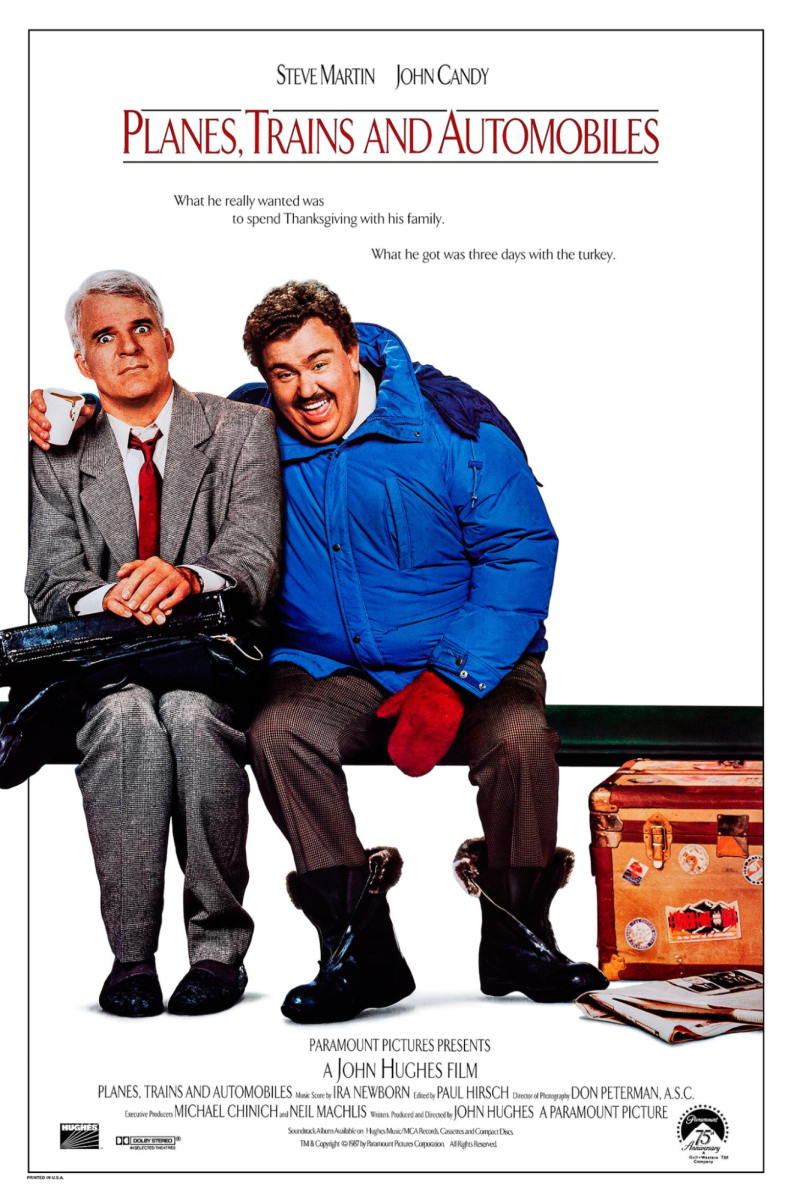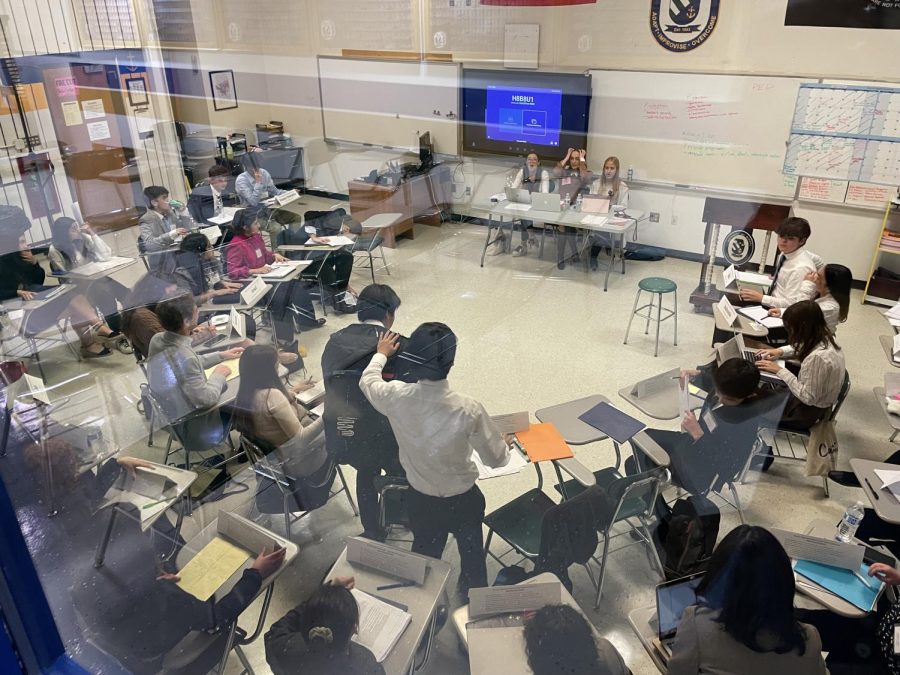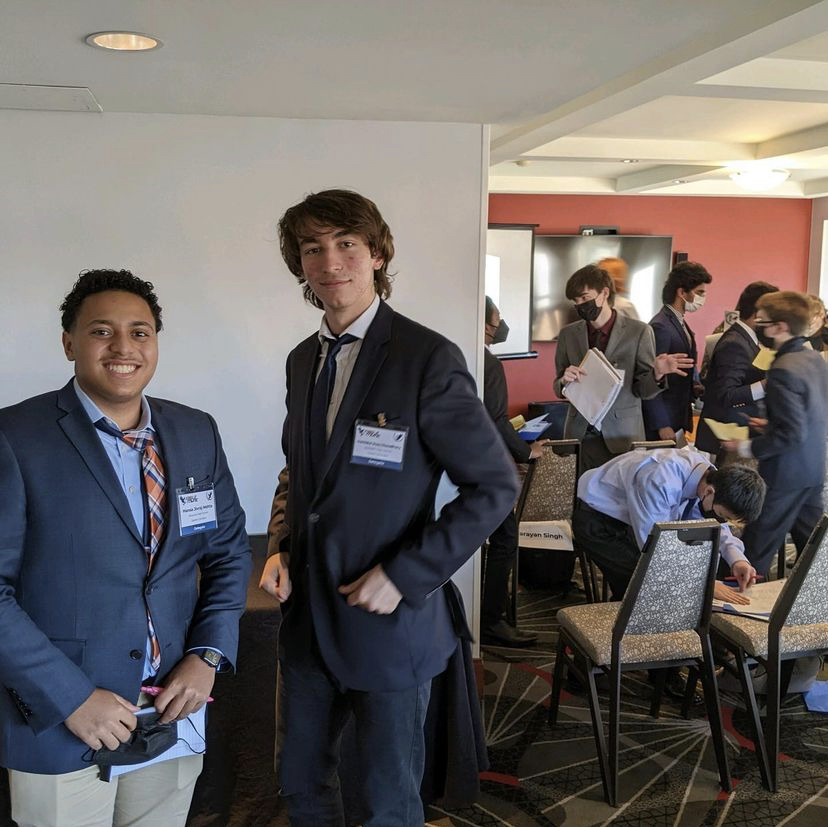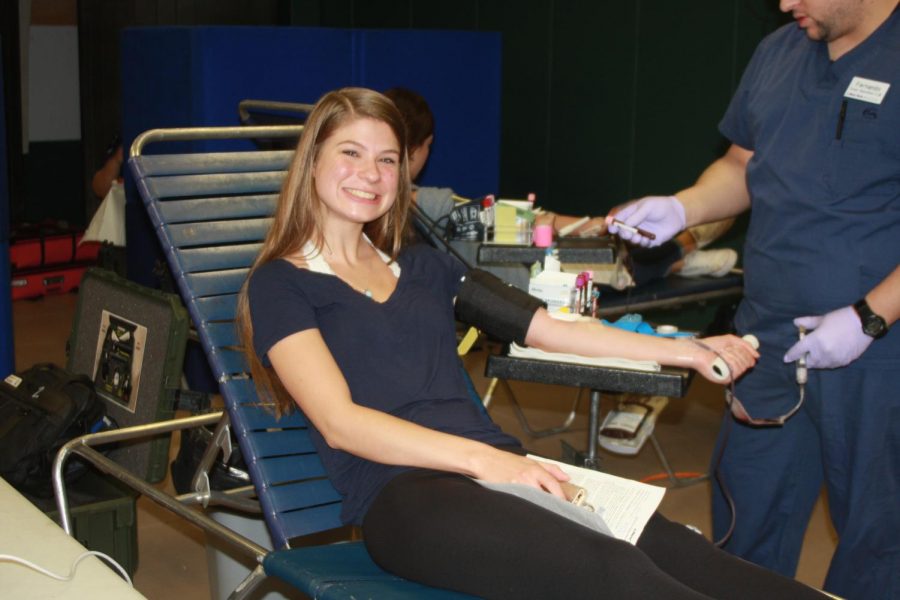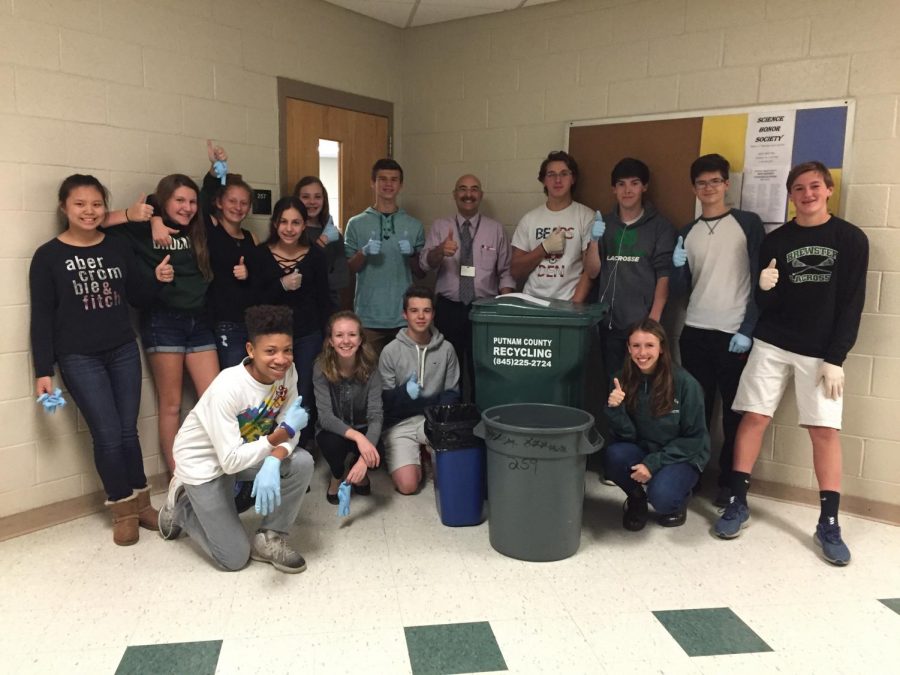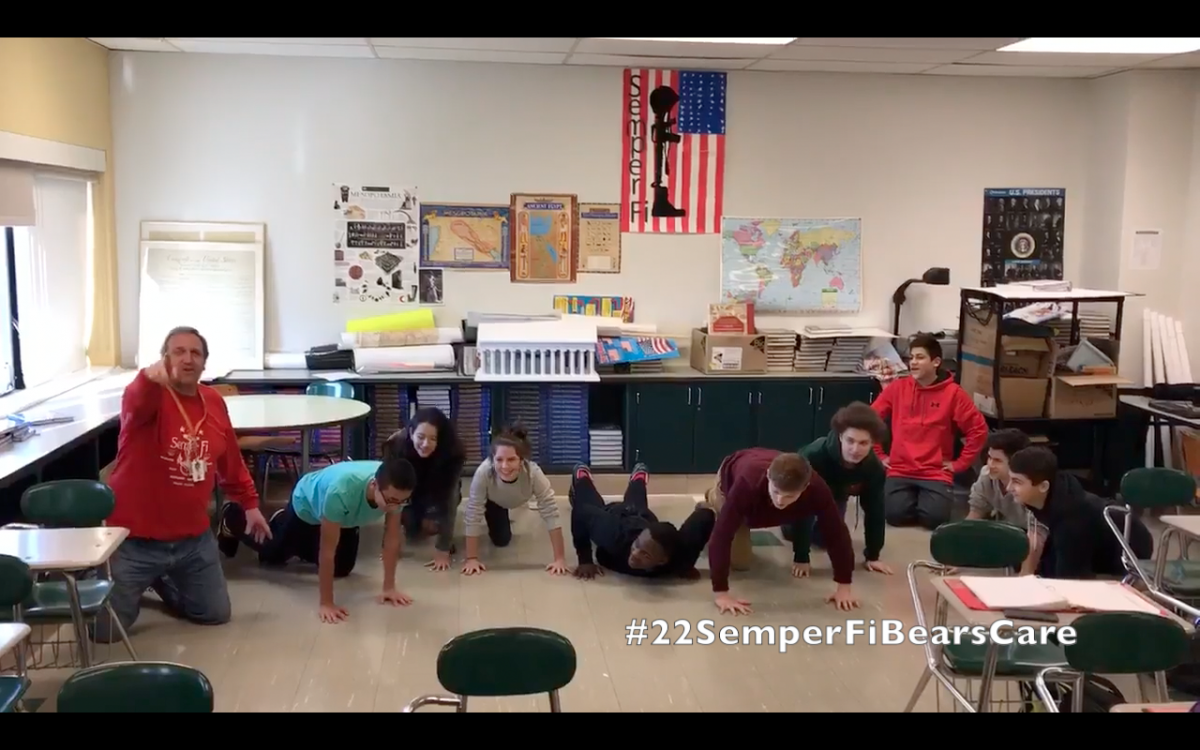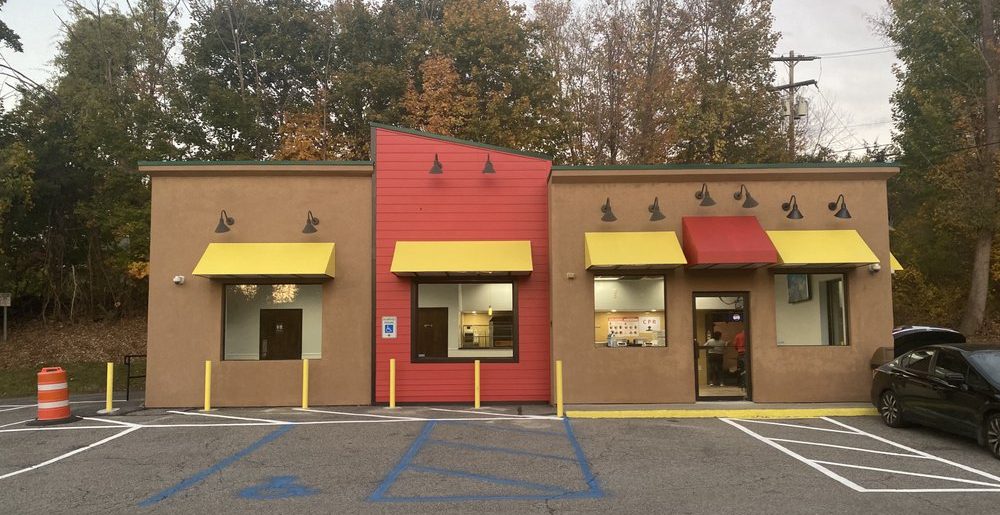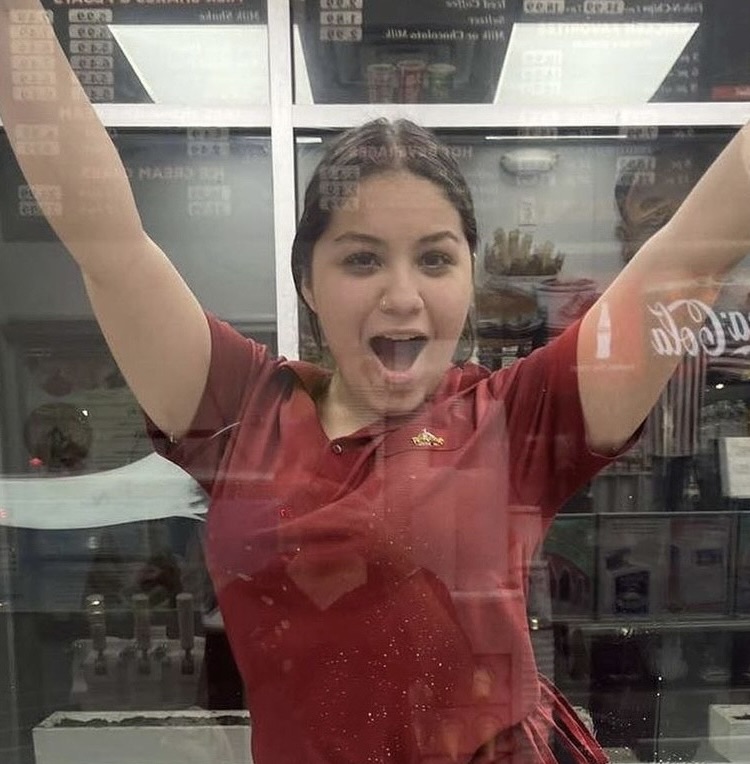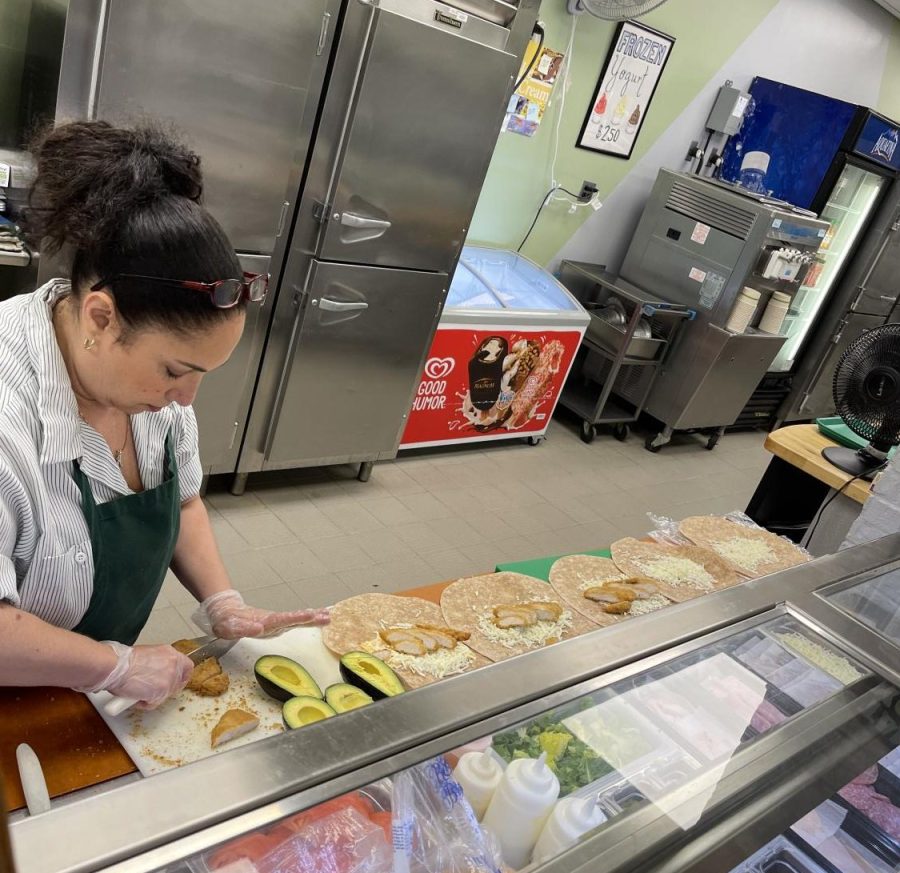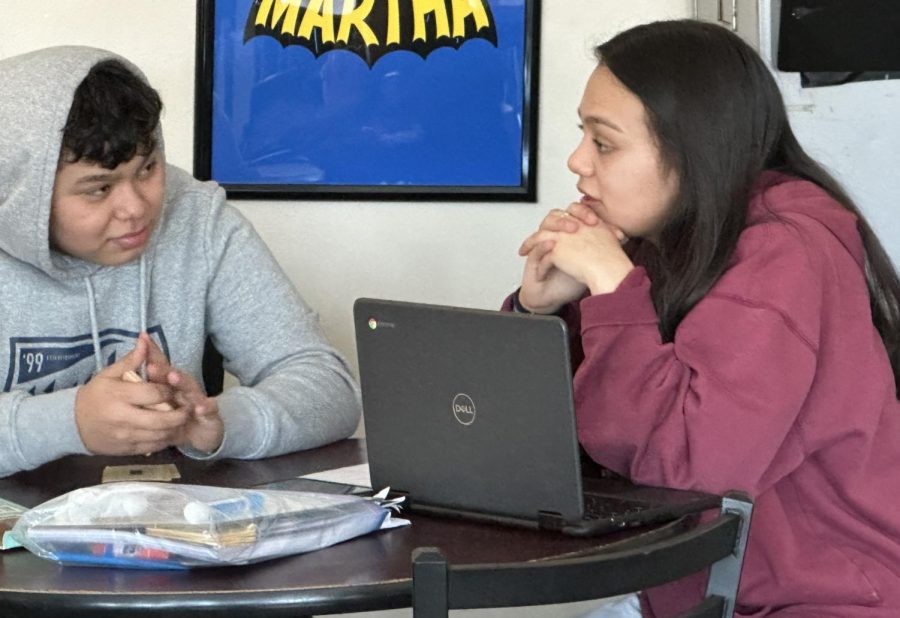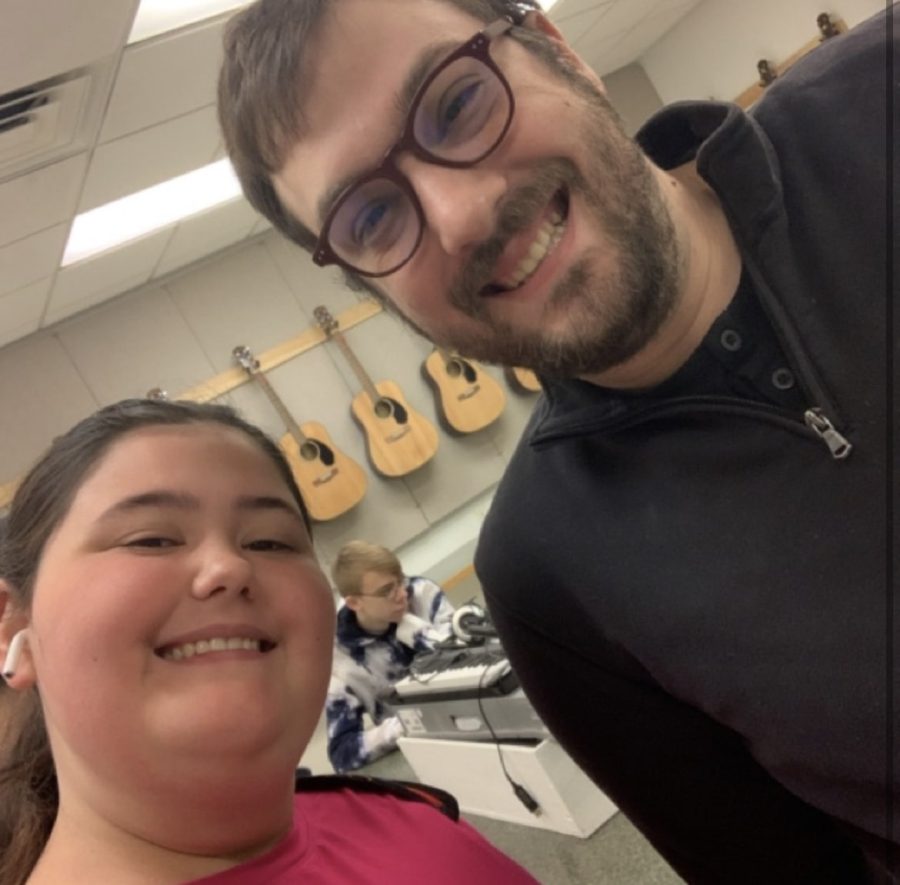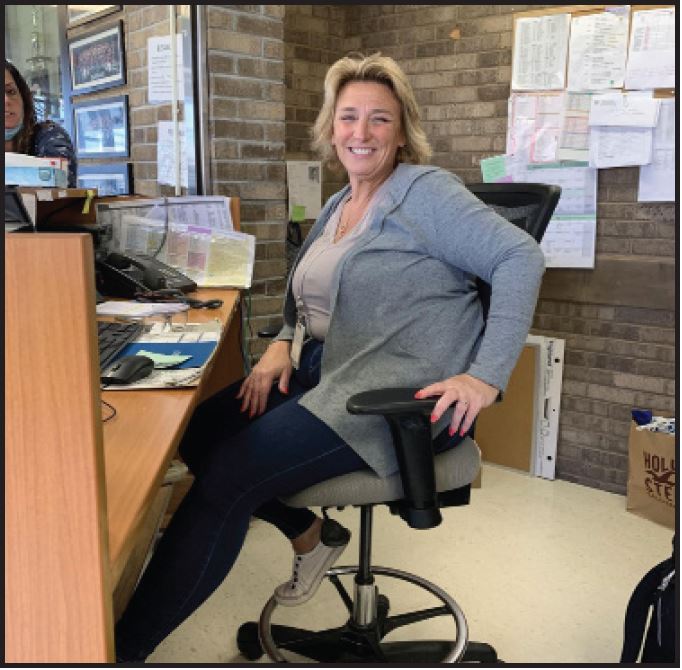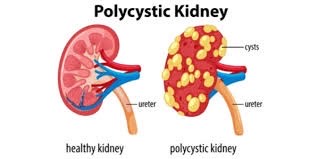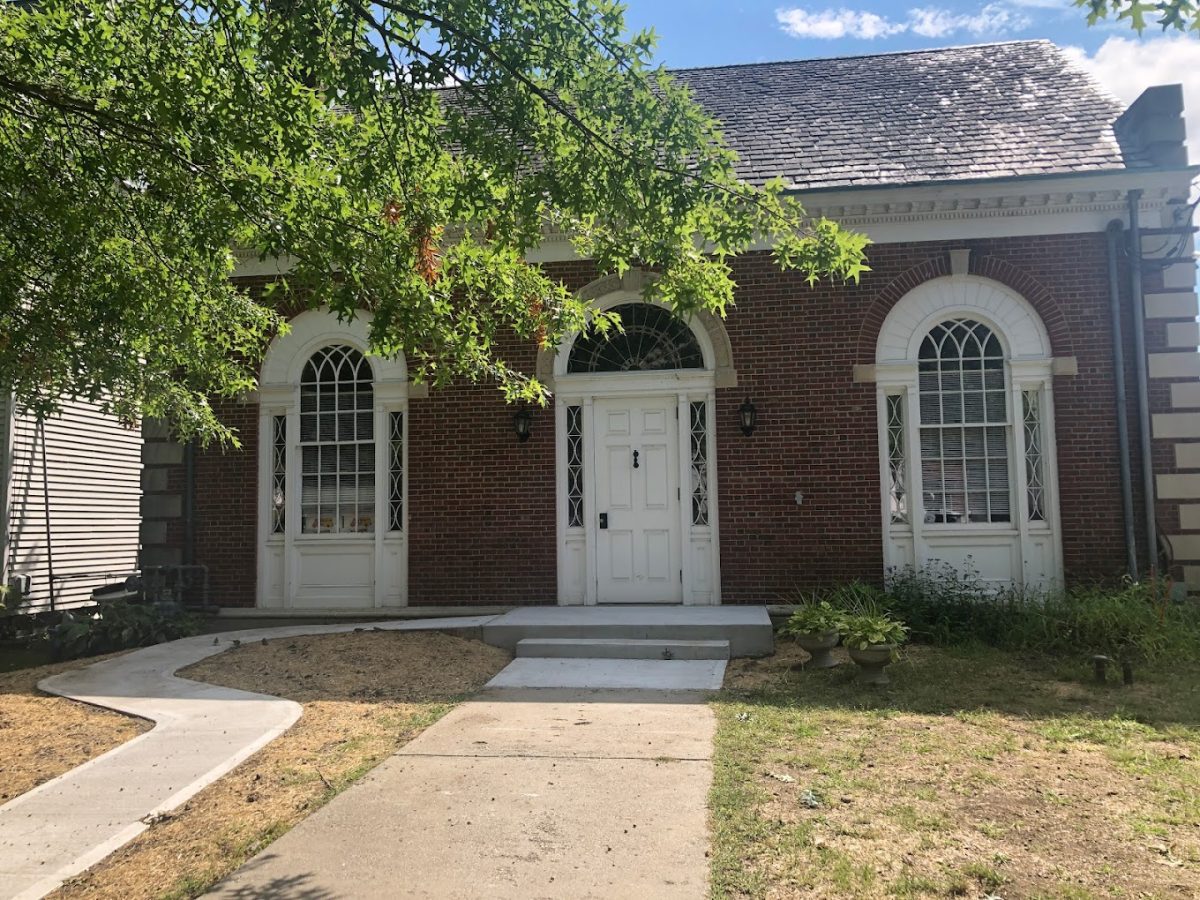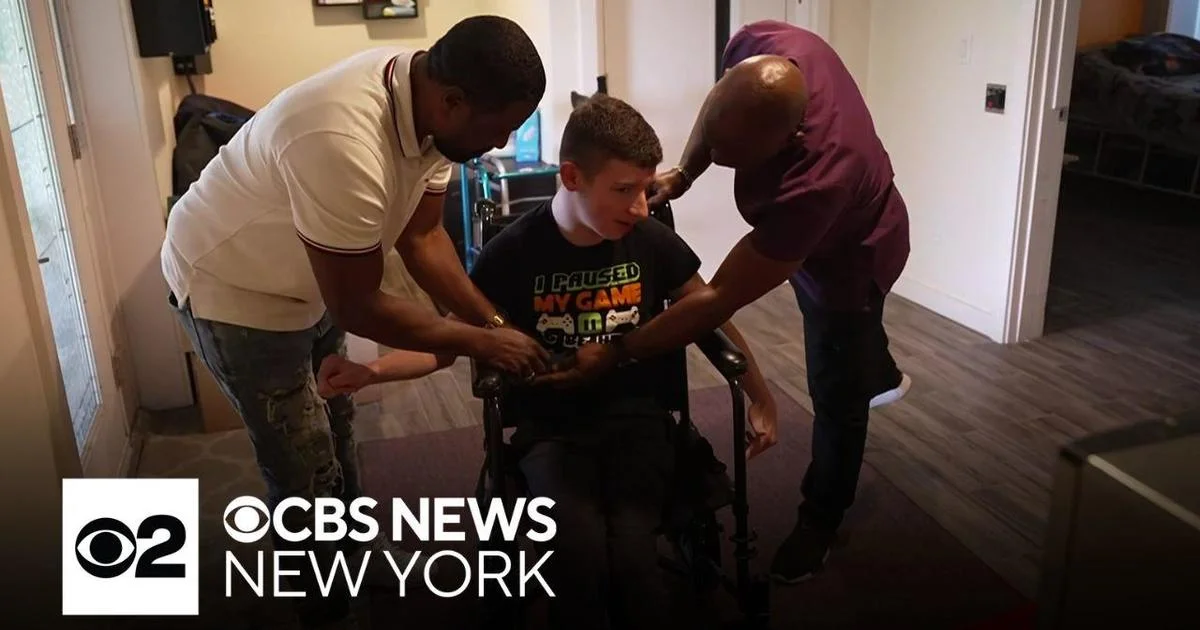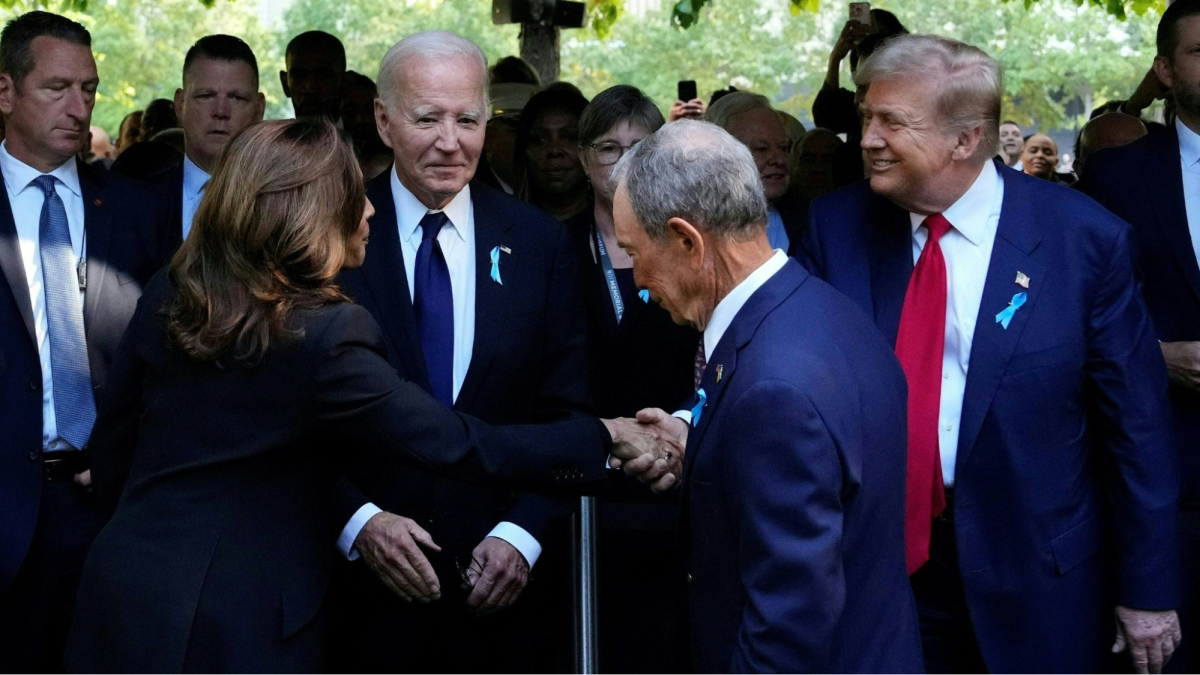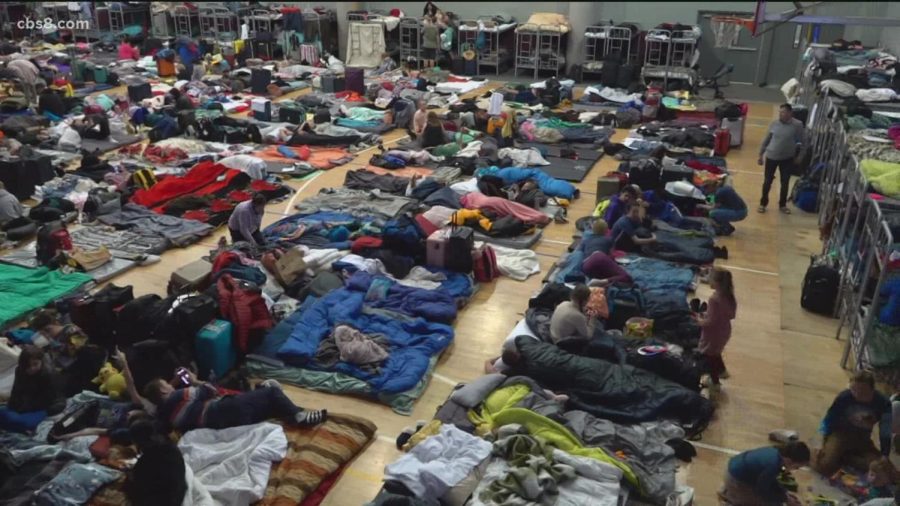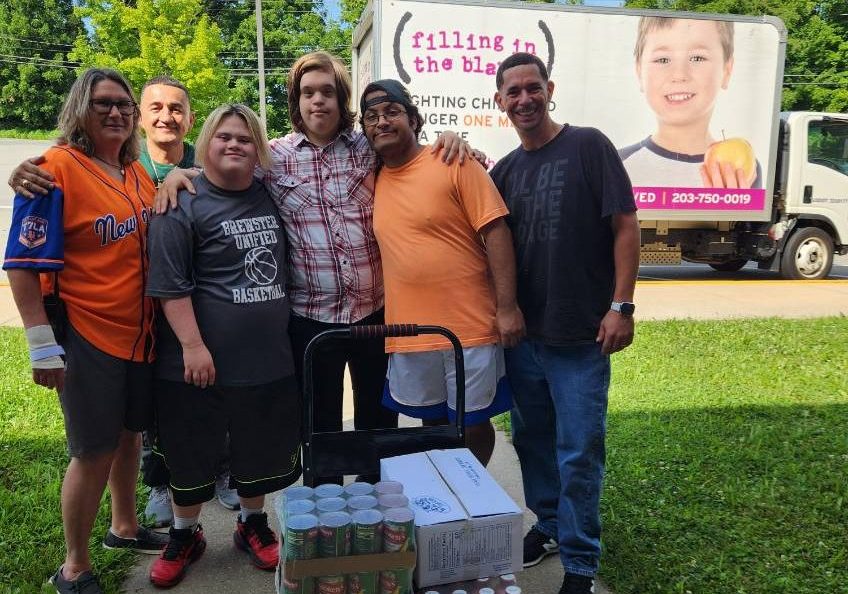Chase Sadowski, a current senior at Brewster High School, has been receiving money from a state fund since he was three years old. After being given non sterile medication, resulting in blood poisoning and a level five brain bleed, Chase was subjected to permanent injury and the need for medical assistance. This is where the Medical Indemnity Fund (MIF) stepped in, promising Chase a lifetime worth of care. However, because of a state monetary shortfall of almost 3 billion dollars, Chase and his family are being denied the care they need.
At its establishment in 2011, the Medical Indemnity Fund (MIF) was created in New York State to partially cover the cost of settlements for those who experienced medical malpractice at birth. Victims of medical malpractice can suffer from neurological disorders, creating a legal cause of action as it often causes permanent injury to the patient as a result of error from doctors. Because of the MIF, insurers of hospitals settle with the family with the MIF paying half of the settlement, and the remaining responsibility being left up to the hospital to settle. This supposedly provides care to the families through state funding, as they are to provide funding for necessities such as medicine, physical therapy, and medical equipment in order to improve their quality of life.

However, since the MIF works with a limited pool of funds, they have been forced to pay less on claims. This leads to people who are enrolled in the MIF being subject to receiving less care than they need (i.e., access to doctors, medicine, etc.). This could mean being denied the funds to cover the costs of a wheelchair lift for one’s van, receiving no funds to cover lodging and logistics for certain physical therapists, or even being denied basic services and quality-of-life purchases (such as a seatbelt for a wheelchair), all on the basis of technicalities. This is the main issue, as many individual claims can be considered “not medically necessary” by the MIF.

On top of difficulties with receiving basic necessities, families are subjected to dwindling funding. At its creation, the MIF was allotted funds on the basis of a decade-length projection for how many cases of medical malpractice at birth would arise, and were provided funding according to their projection. However, over the years, the rate of birth injuries throughout the state have tripled past initial projections. Facing a $3.2 billion gap in funding to meet its members’ needs, the MIF temporarily suspended its enrollment of new applicants in May 2024 without much warning to the families, attorneys, or lawmakers. Having cited a lack of funds to meet the needs of those enrolled in the program, the fund reopened after great amounts of backlash. Although a $58 million “rescue package” was given to the fund by Governor Hochul through the state budget, this event is a sure sign that the MIF is in a position of financial struggle, which is causing the families enrolled to suffer. With promises unfulfilled and the future of the fund hanging in the balance of state budgeting, many families have no information or direction on the next steps.
One such family affected by the unstable funding is the Sadowski Family. The family reports that they have been denied requests for car modifications and the building of an elevator (which are all needed for the family to normally function), as they had been deemed “medically unnecessary.” These refusals impact the lives of the Sadowski family, and they are not the only ones; many families have reported having their claims and medical care denied, only given half of the care that they were promised when entering the fund.

Seeing this injustice, the Sadowski family has been fighting for necessary care for as long as they can recall. They have been pushing back on the fund, calling out the lack of resources that were originally promised to them. In fact, when CBS covered the issues of the MIF in July and December 2024, they reached out to the Sadowski Family to be interviewed on the many issues they’ve faced through the program. When speaking with Chase, we learned that he firmly believes that the fund brings more harm to the people than good. He is fighting for care not just for himself, but for other kids, too. The lack of care to resolve the gap from the government is just another example of the fund’s total failure. Despite an extremely flawed system, Chase affirms that “the difference between us and the Medical Indemnity Fund is that we will always stand united, disabled or not disabled. We have a common goal; we want to see kids thrive and we want to see people unite, [to] go out there and make sure these kids fight for what they need, [to] make sure they are happy in their lives.”
The Brewster High School community, along with other communities across New York State, can aid in the efforts of these fighting families by writing letters to our current Governor Hochul, speaking about this urgent issue to make sure that their experiences do not go unnoticed and unaddressed. Originally, federal health insurance companies Medicare and Medicaid were sufficient for the Sadowski family, as Chase stated in our interview. Yet, ever since entering the fund, they are now being denied the necessities for Chase’s da

y-to-day life. Hochul’s past resolve of pumping $58 million into the fund may have been sufficient in the short term, yet she has made no other efforts to resolve its long term stability as her office would not commit to a roundtable discussion on the issue (CBS NY). In reality, the fund should have never been started as their very business model was predestined to failure. How would the plan work if it was only effective in the rarest of circumstances, for a specific amount of individuals that needed a lifetime of care? They never stopped to consider the current expenses of affected families, which could have been prevented if they considered increasing prices of medical care and increased likelihood of medical malpractice. Instead, federal funding such as Medicaid is a necessity to ensure the long term financial accessibility for families in need.
Children are more susceptible to further injury caused by the carelessness of the MIF, as the organization stated the existence of the fund had “no impact on the amount of the settlement or judgment [in a malpractice action]” (FAQ section B, question 4). This organization is paid for by the New York taxpayers. These children were promised lifetime care. How long must they fight in order to live? Together, we must stand united on this issue, we must amplify the voices against the broken system, because as Chase Sadowski declared: “united we stand, divided we fall.”























































